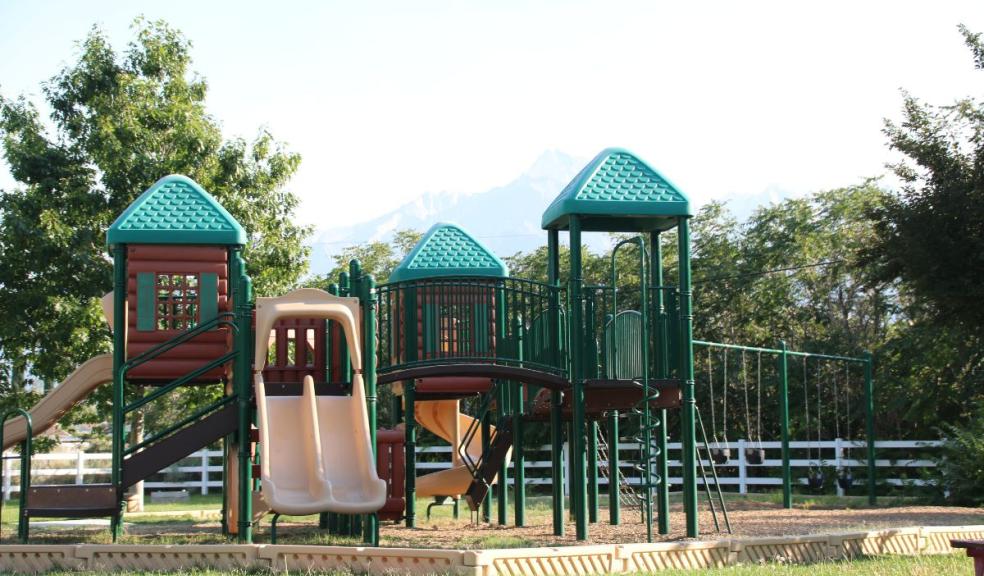
BTR Suburban Communities: growing demand but an absence of policy by Andrew Jones, Group Director, Corporate Lettings & Build to Rent, Leaders Romans Group (LRG)
The Build to Rent (BTR) sector is growing exponentially: recent figures from the British Property Federation (BPF) reveal that the number of completed BTR homes rose by 19% during 2021, reaching a new high of 72,668 units per annum.
Initially, the BTR model was designed to appeal primarily to London-based professionals of the Gen Z and Millennial cohorts. But recently regional growth has surpassed that of the capital: regional BTR grew 16% year-on-year (representing 58% of the BTR sector pipeline) while London lags behind slightly with 12% year-on-year sector growth (42% of the pipeline).
The fast-emerging BTR suburban communities provide something very different. These are family homes, located outside urban areas, which maintain the strong sense of community which made BTR such a success. Other intrinsic values of traditional BTR are continued in this evolving format, including high levels of service (supported by technology), flexible tenancies (including the opportunity to upsize or downsize) and a focus on sustainability. Typically a BTR suburban community will offer 24/7 security, all-inclusive bills and a range of additional services such as cleaning, gardening and even dog-walking. Some will be powered by a district heating system, using clean, renewable energy. The range of services might include a cinema, a BBQ area, a residents’ lounge, or perhaps a dining or party suite. With a concierge to oversee and arrange repairs, maintenance and deliveries, also dry cleaning, childcare arrangements and even a ‘library of things’ to save the inconvenience and expense of one-off purchases, BTR suburban communities are centred around convenience.
So with a range of house types, a strong emphasis on community, provision of services and employment opportunities, BTR suburban communities have considerable potential to deliver on the levelling up agenda while also addressing the housing crisis.
However, the Government’s stated preference is for home ownership: Secretary of State Michael Gove has said, ‘We need to shrink the private rented sector and get more people owning their own home,’ albeit his next comment was more conciliatory: ‘We're on the side of people in the private rented sector who deserve to be treated fairly.’
Unfortunately these mixed messages come at the cost, not only to responsible BTR landlords, but also to the Government’s ability to deliver on its own housing targets.
While 45% of all English local authorities now include BTR schemes, there is a stark absence of specific policies within Local Plans. Many aspects of BTR, such as houses sizes, parking and the provision of district heating systems, because they apply differently in BTR and BTS sectors, would benefit from more tailored polices.
BTR is identified in Government guidance as a distinct asset class within the private rented sector, and exists within the National Planning Policy Framework, albeit currently only in the glossary.
A new suite of National Development Management Policies was expected to be published as an appendix to the NPPF, but this was delayed due to the political hiatus. A specific policy on BTR has the potential to fill the policy vacuum and allow BTR suburban communities to compete more evenly with established development typologies, providing a wider range of housing options. The sooner this is brought forward, the sooner the obfuscation and delay that currently exists at a local level will be removed.
The BTR sector also awaits the enactment of the Renters’ Reform Bill which, it is intended, will address the failings in the PRS it will provide more support for the ‘professional’ landlord and raise standards in rental housing generally.
BTR suburban communities are entirely in sync with many evolving priorities, including sustainability on multiple levels, ‘building beautiful’ and the concept of the 15-minute neighbourhood. In the current economic climate, BTR suburban communities are ideally placed to meet housing need and deliver on the levelling up agenda. With so many boxes already ticked and the sector clearly addressing growing demand, the long-overdue policy changes are urgently needed to enable the sector to reach its full potential.
Download Leaders Romans Group’s White Paper: https://marketing.lrg.co.uk/btr-suburban-communities-white-paper









